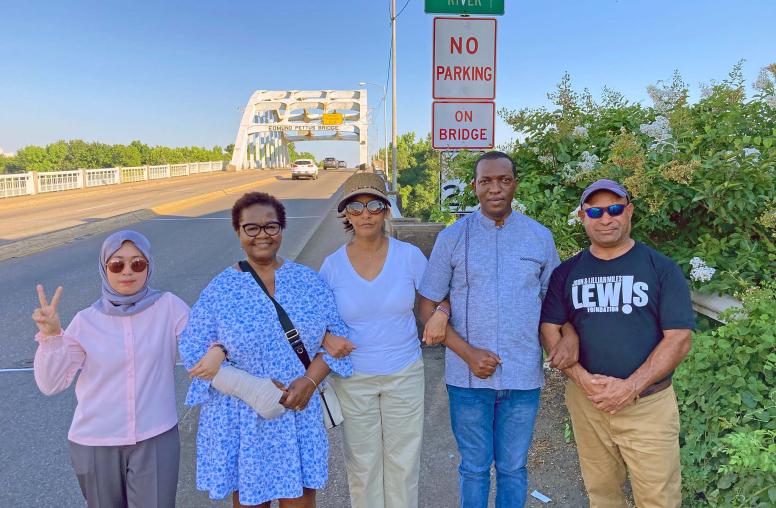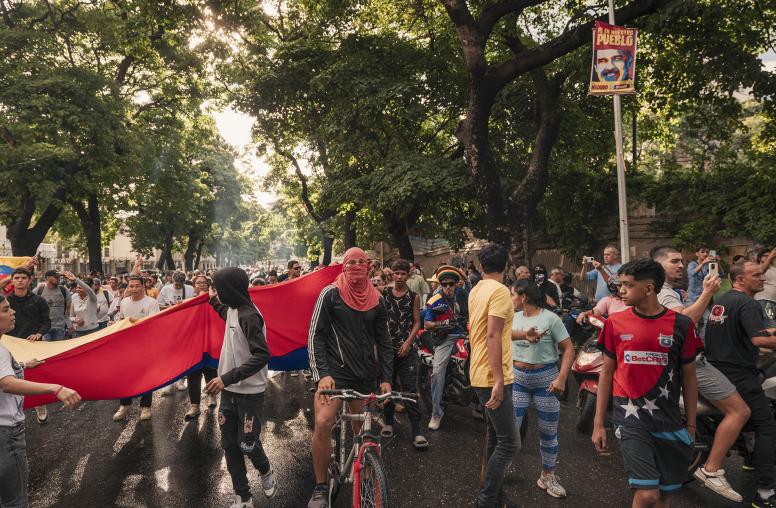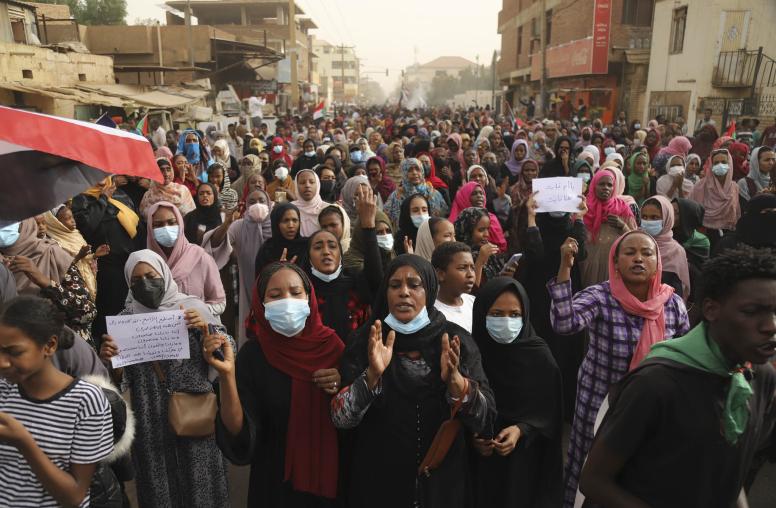Citizen Participation 2: The Movement and the Message
This course investigates various communication methods utilized by movements both internally and externally. We survey the impact of the internet, the arts, and digital technologies on both traditional and social/new media.

Course Overview
The rise of nonviolent, people power movements around the world has become a defining feature of the 21st century. Organized citizen campaigns and movements using nonviolent methods are challenging formidable opponents: unaccountable governance, systemic corruption, institutionalized discrimination, environmental degradation, dictatorship, foreign military occupation, and violent extremism. Their “weapons” are not guns or bombs but rather protests, boycotts, sit-ins, civil disobedience, building of alternative institutions, and hundreds of other nonviolent tactics. Combined with the use of traditional political and legal means, these movements have and continue to shape political, social and economic change across the globe.
Learning Objectives
This is part 2 of a course series on civil resistance. It examines the theory, history, and strategy of how nonviolent movements craft and deliver their message. Participants in this course will:
- Learn from a diverse set of activists, scholars and practitioners through stories, research, and exercises.
- Transform how they analyze and think about conflict – its value, mode, and outcomes.
- Engage with a growing community of learners and experts enrolled in the course through a continuous series of live, interactive, and collaborative online events.
- Co-create new knowledge and insights to enhance and update the course as the field evolves.
Activists, civil society leaders, scholars, regional experts, policymakers from governments and international organizations, journalists, religious figures, educators/trainers, and those with a keen interest in how ordinary people are transforming conflicts through nonviolent action are encouraged to enroll and join this powerful global conversation.
If you cannot play the video, click here to download it.
Agenda
Chapter 1 - Strategic Messaging
This chapter provides an overview of the strategic approach activists utilize when they are trying to address the challenges of messaging, communications, and new media within their movement. It will discuss the process individuals go through when shaping their movement narrative and how the narrative becomes part of a larger strategic communication plan process. It will also explain the way in which intercultural competence affects communication and helps to deliver a movement’s message beyond the lines of cultural differences.
Chapter 2 - Communication Tactics
This chapter explains the different strategies nonviolent movements use when engaging with mainstream media and how those strategies may differ when movements create their own media. It will describe the five major ways cultural resistance and the arts positively impacts a campaign.
Chapter 3 - Technology for Social Change
This chapter explains the different strategies nonviolent movements use when engaging with mainstream media and how those strategies may differ when movements create their own media. It will describe the five major ways cultural resistance and the arts positively impacts a campaign.
Chapter 4 - Conclusion
This chapter discusses the impact of Mohandas Gandhi’s work provided the framework for and inspired change in Chile. This chapter will assess the learner’s understanding of key concepts presented throughout this course and provide a space for learners to reflect on the course material.
Course Instructors and Guest Experts
Course Instructors
- Daryn Cambridge, Professional Development Portfolio Manager, EPIC, Training Resources Group
- Maria J. Stephan, former Director of the program on Nonviolent Action, U.S. Institute of Peace
Guest Experts
- Nada Alwadi, Independent Journalist
- Nadine Bloch, Training Director, Beautiful Trouble
- Noel Dickover, Former Technical Director, Global Network Strategy, PeaceTech Lab
- Angelina Huynh, Organizer, Viet Tan
- Althea Middleton-Detzner, Director, Peacebuilding Engineers Program, PeaceTech Lab
- Ann-Sofie Jespersen, Board Member, Rhize


